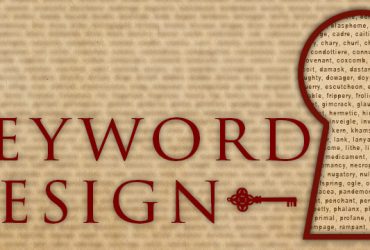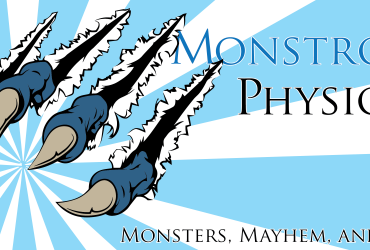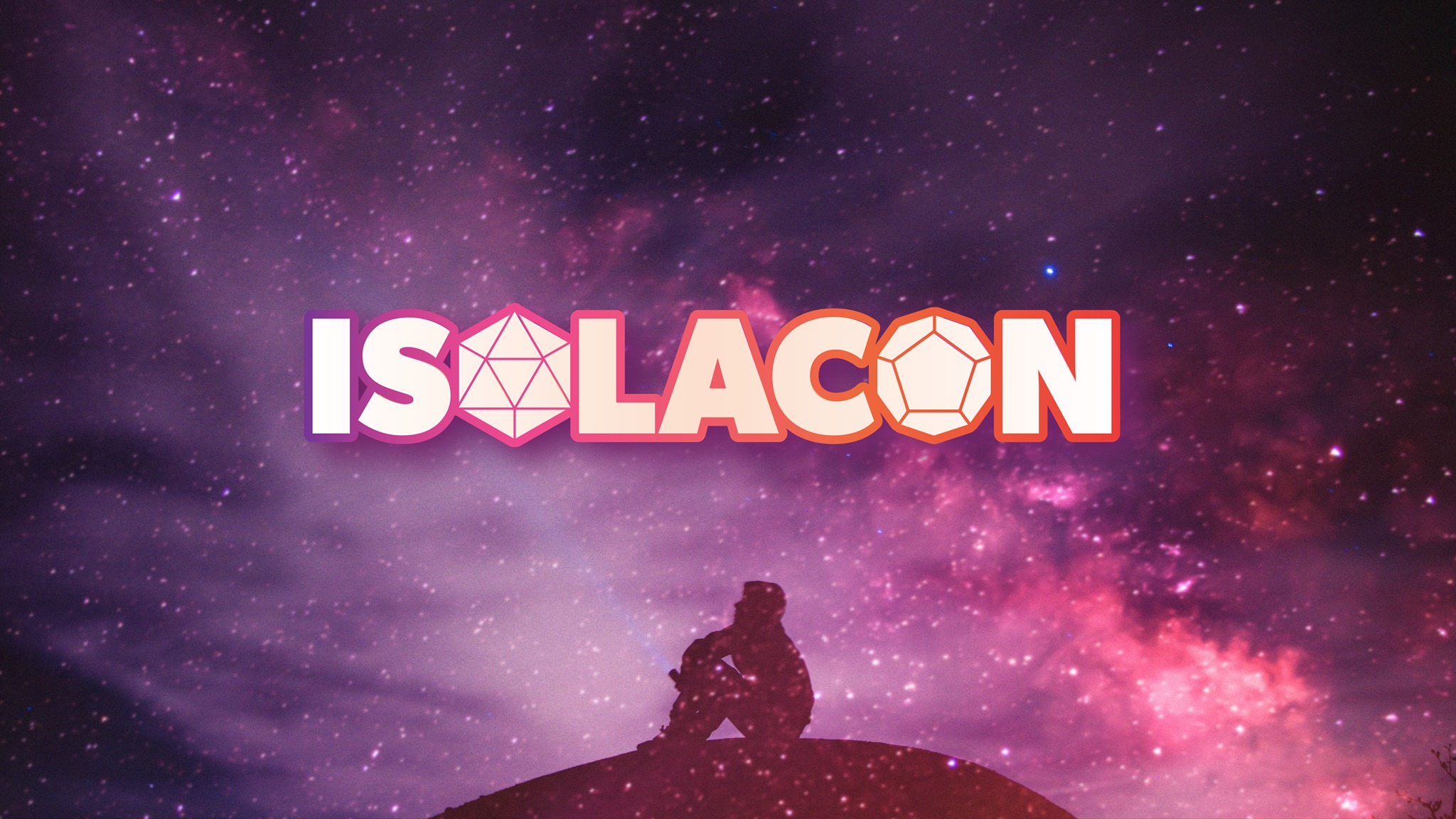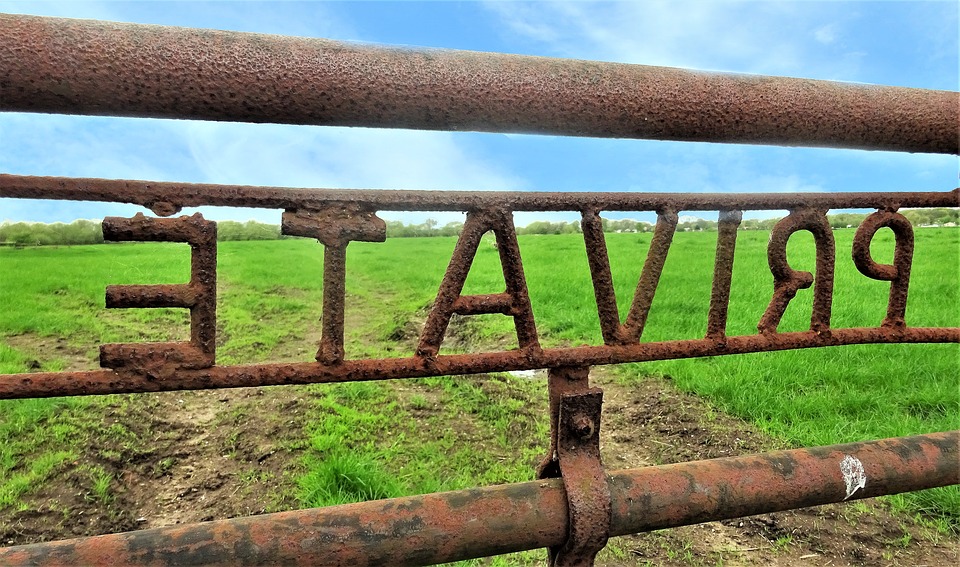Maps!
I love maps, maps of towns, countries, floor plans, buildings, caves, space ships, if you can draw it, I love it. I have loved maps for as long as I can remember. I remember getting graph paper and drawing out the first maps for the red box adventure, watching the dungeons resolve from words to places. I am a visual learner and thinking, I draw diagrams, lists, and other representations to help me figure out problems.
When I was a child, we would go on vacation every year. My dad would get out his Rand McNally road atlas and order triptiks from AAA and we’d look at the new and exciting places we were going to see. While we never traveled farther than we could drive to in less than 2 days from Ohio (and we almost always made it in 1 because we were just ready to get there or get home) these trips always felt like adventures to exotic places.
One year we went to Toronto and visited Casa Loma. Another year we went to Washington, D.C. which included a tour of the White House, one of America’s greatest residences – look at that floor plan! Museums are also great places to grab floor plans from with the added bonus that a few are repurposed mansions. While I’ve never been to Buckingham Palace, it’s just one of the many places I walk the halls in my mind. I loved the brochures from those vacations, dreaming about how large rooms could be and what kinds of furnishings would go in such grandiose living quarters. I’m pretty sure that is where my love of maps originated.
Mapping for adventures
In a world where most people have internet a GM can peruse the thousands of maps and floorplans online to spark their imagination. Some are easier to utilize than others, however regardless of the location you’re looking to use for your adventure there’s something out there to inspire your adventure.
For my adventure, I already have a city map that the publisher provided. Based on that map, I have gone looking for the real floor plans of some of the locations in the city. Given the age of the city in question, it’s unlikely I will find a perfect floor plan ready to go, since most buildings simply do not have 5’ wide hallways or even just ADA compliant doorways. I’ve spent many hours digging around the internet scouting locations for various reasons. I found one such building that was abandoned right about the time I need it to be without historic occupants and close enough to the area I’m using that with a little creative license, I can use it. Unfortunately I cannot find a floor plan for the building because it has been long abandoned and unlivable now, so I’ll be mapping the interior to my liking based on what I can find on the building and other comparable buildings, which is actually a bigger bonus.
The best part about writing gaming adventures is that you always have the option of invoking “because I said so”. My goal is not to perfectly recreate our world in this time period but to attempt to capture the feel of that time and use it as a backdrop for epic storytelling. I will draw from my experiences of visiting historic manor houses, museums, or other large enclosed spaces to fill in the interior.
What to map
There are many better sources out there than my humble blog that will show you how and what to map. My recommendation is to check them out as well as other maps of the same types of locations you’re looking to map and do your best to represent everything you think you and your players are going to need. Make certain your look at your map and read your descriptions of the areas or rooms and confirm that they are in agreement. There is nothing more frustrating than finding that one player who really can’t get over data that is not supported by the image. Ensure that doors, windows, alcoves, stairways, and other room features are well represented. Mapping outside locations are ultimately big rooms with trees, rocks, or other natural furnishings, make sure you have things clearly marked.
Don’t be afraid to draw your map and tinker with it. Live in the space, try to envision who moves in and around the space and furnish it with those things. Don’t forget to write things down! I have a lot of great ideas (I think) that come to me while I’m doing something that I can’t drop to work on game design, so I started working in a special notebook and transferring that information to a Scrivener file to keep my half baked ideas safe for when I’m able to give them my full attention.
Most importantly, your maps should be dynamic. If your space is a rectangular room, where’s the excitement in that? Anyone can draw a box, it’s what’s inside that makes it an adventure. If your space needs to be regular in its outer footprint, then mix up the inner space. It gets pretty dull hearing (and seeing) “you enter a square room”. Your maps need to be engaging for players and GMs. But lastly map on grid paper, you’ll want your 5 ft. squares to already be in place, trust me.







